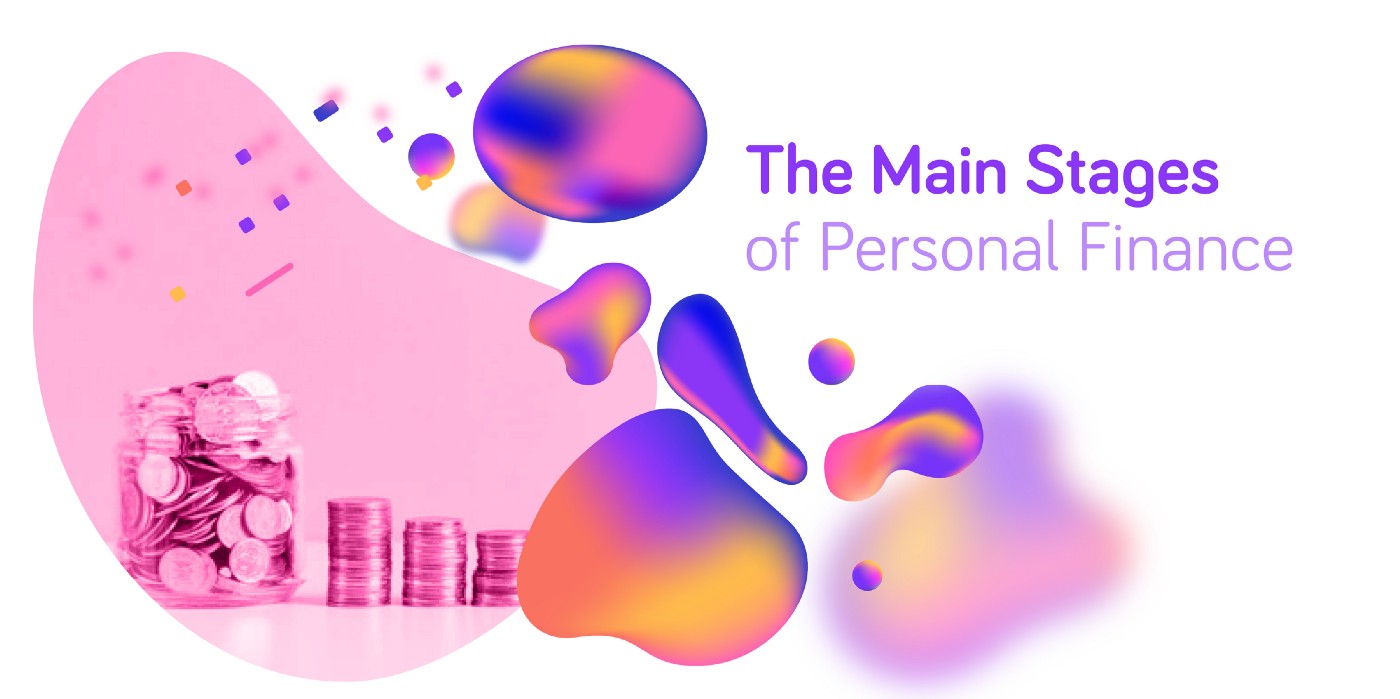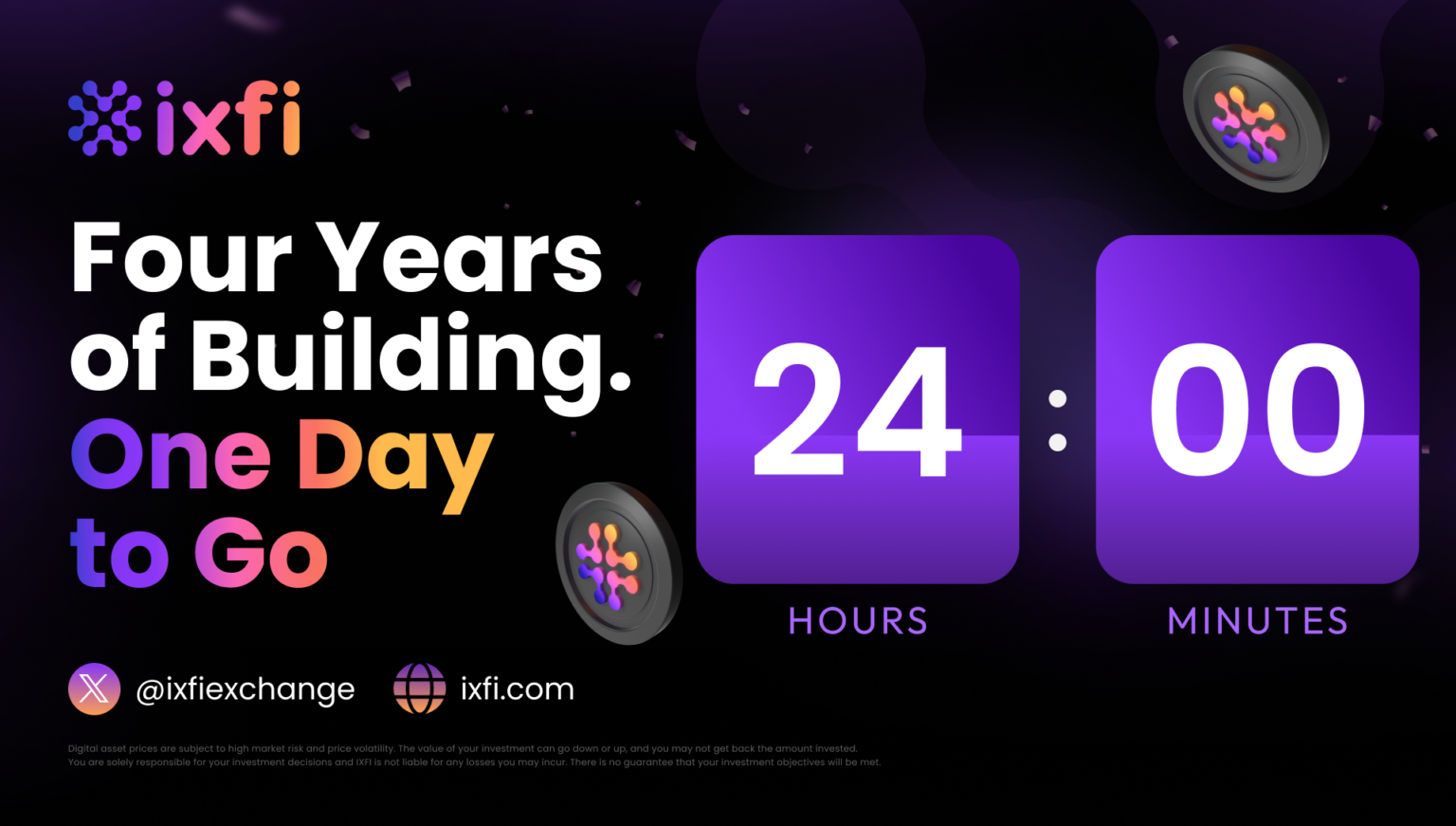At least once until now, you may have heard one of these expressions: financial safety, financial independence, or financial freedom.
In this article below, we will explain these terms, what they mean, how they are useful for you, and why you should know anything about them. They are the main stages of personal finance. This is the shortest definition.
Personal finance is a term that covers several activities, all of them connected to money: money management, saving, and investing. It also includes budgeting, banking, mortgages, insurance, retirement plans, taxes, etc. Generally speaking, all that is connected to somebody’s money is under the umbrella of personal finance.
Now, coming back to our three expressions from the beginning, they should be seen as major milestones in our journey through life, looking from a financial perspective.
They can also be seen as checkpoints in a marathon: they give you insurance that you are going in the right direction. This is because once you know where you are, and you also know where you want to go, it is much easier to make a plan for closing the gap between your current position and the final position.
Financial Safety
What is it?
That stage in your life when your basic expenses (house payments or rent, food, transportation, car payments, electricity, phone, taxes, insurance, medical care, etc.) are covered by passive income.
Passive income is, in my perspective, that amount of money that comes to you with little or no effort at all. Let’s take an example: if active income means that you work 40 hours per week (a classic 9 to 5 job), then passive income can be considered something that you do only 1–2 hours per week.
From another perspective we can say that active income is trading your time for money, while passive income is making money while you sleep.
Some examples of passive income streams include dividends from your business or other people’s business, dividends from stocks, interest from bonds or bank deposits, rental property (private use or commercial use), royalties from creative work: music, books, articles, photography, videography, etc.
To calculate what is your value for financial safety, all you need to do is to look back to your expenses for the last 12 months and see on average, how much you have paid for all of the categories mentioned above (housing, food, transport, etc.). After that you add them up and there you go: that is your financial safety figure.
Next step is to find passive income streams that cover that and you’re all set!
How to get there?
Here are some actions that you can do to reach the stage of financial safety:
- track all of your expenses;
- keep a budget;
- calculate your net worth: assets & liabilities;
- decrease / eliminate your debts;
- decrease expenses & increase income;
- live within your means;
- start an emergency fund;
- start saving money.
Financial Independence
What is it?
That point in your life when all of your current living expenses are covered by passive income. You calculate this figure by looking back 12 months and seeing in average how much money you have spent each month.
Then you need to find passive income streams to cover that. But once you find them, you’re financially independent. In other words, your current lifestyle is already paid for.
What I like most about this stage of personal finance is the fact that when we are financially independent, we can choose what to do with our time: we can choose to work and be paid, we can choose to work and not be paid (for example pro-bono activities), we can even sit around all day and do nothing — if we would want to do that.
Let me explain the concept of financial independence with an example: if somebody has living expenses of $1000 per month, and passive income of $1100 per month, that person is financially independent. It’s as simple as that.
How to get there?
Here are some actions that you can do to reach the stage of financial independence:
- have a crystal-clear picture of your assets and liabilities;
- have a very good understanding of your income and expenses;
- make a plan for your retirement;
- save a big part of your income (30% — 50% — 70%);
- build several passive income streams;
- buy only things that you really need;
- start investing part of your savings;
- live below your means;
Financial Freedom
What is it?
That moment in your life when your passive income covers all your current lifestyle expenses and everything else, regardless of what you would want: luxury items, cruises around the world, unique experiences, etc.
Let’s think of an example: you go to an exclusive mountain resort, you eat at a 3-star Michelin restaurant, you travel only first class/business class, and so on … and you never ask how much everything costs. You just pay the bill because you know you have enough money for all that you want.
Here, the figure is not calculated but estimated. You sit down and you think about what you would want to do in the following 12 months, and then you add the costs, and the result you add to the value of your financial independence. And the newly obtained number represents your financial freedom threshold.
How to get there?
Here are some actions that you can do to reach the stage of financial freedom:
- optimize all steps from previous stages;
- optimize your expenses;
- grow your network (personal and professional);
- work with a coach or a financial consultant.
The actions recommended for each of the three stages should not be taken as the only things to be done in order to reach each stage — the complete set of actions is variable from person to person and from country to country.
Being financially independent or financially free gives you the opportunity to take (back) the ownership of your life. It also gives you options — a lot of options.
There is great importance in discovering these concepts at an early age in our life because this will bring us enlightenment and clarity. As you can imagine, there is a very big difference between knowing this at 20 years old and finding it out at 40 years old.
That is why we are asking you to share this knowledge with your friends, family, coworkers, and especially the young ones. They will thank you later.
Disclaimer: The content of this article is not investment advice and does not constitute an offer or solicitation to offer or recommendation of any investment product. It is for general purposes only and does not take into account your individual needs, investment objectives, and specific financial and fiscal circumstances.
Although the material contained in this article was prepared based on information from public and private sources that IXFI believes to be reliable, no representation, warranty, or undertaking, stated or implied, is given as to the accuracy of the information contained herein, and IXFI expressly disclaims any liability for the accuracy and completeness of the information contained in this article.
Investment involves risk; any ideas or strategies discussed herein should therefore not be undertaken by any individual without prior consultation with a financial professional for the purpose of assessing whether the ideas or strategies that are discussed are suitable to you based on your own personal financial and fiscal objectives, needs and risk tolerance. IXFI expressly disclaims any liability or loss incurred by any person who acts on the information, ideas or strategies discussed herein.




